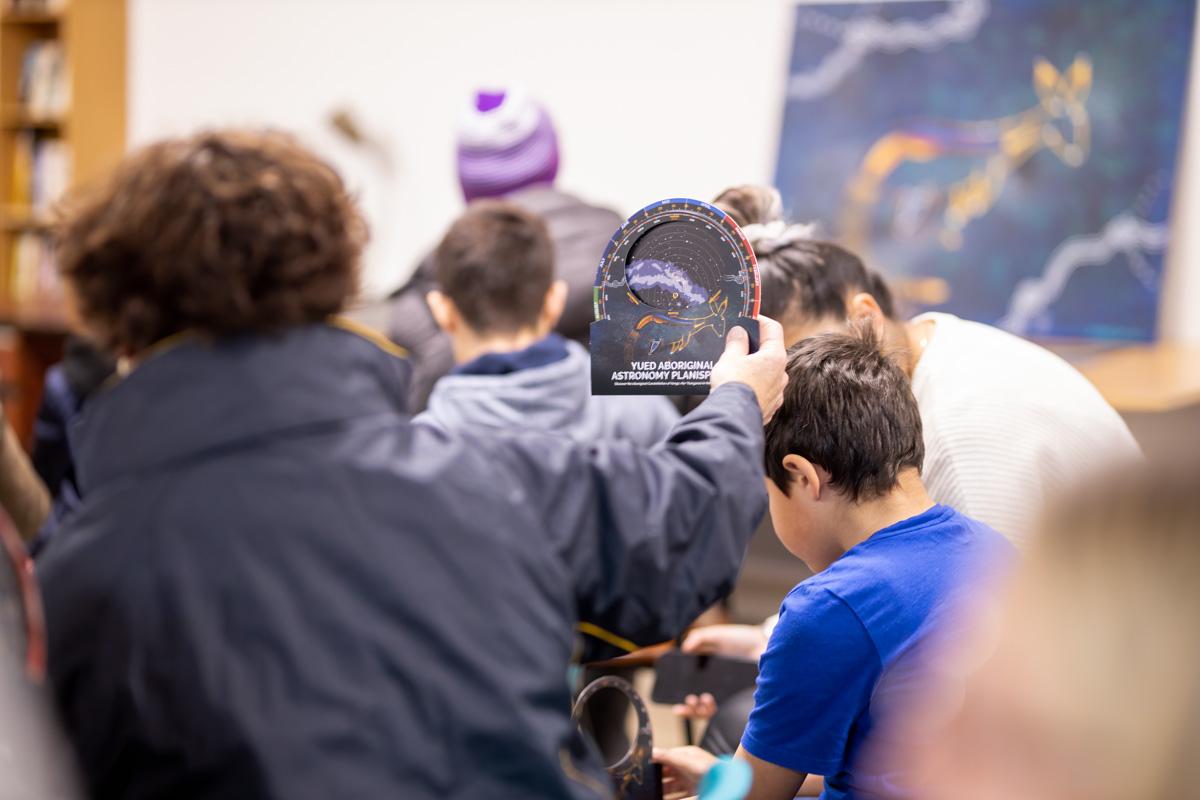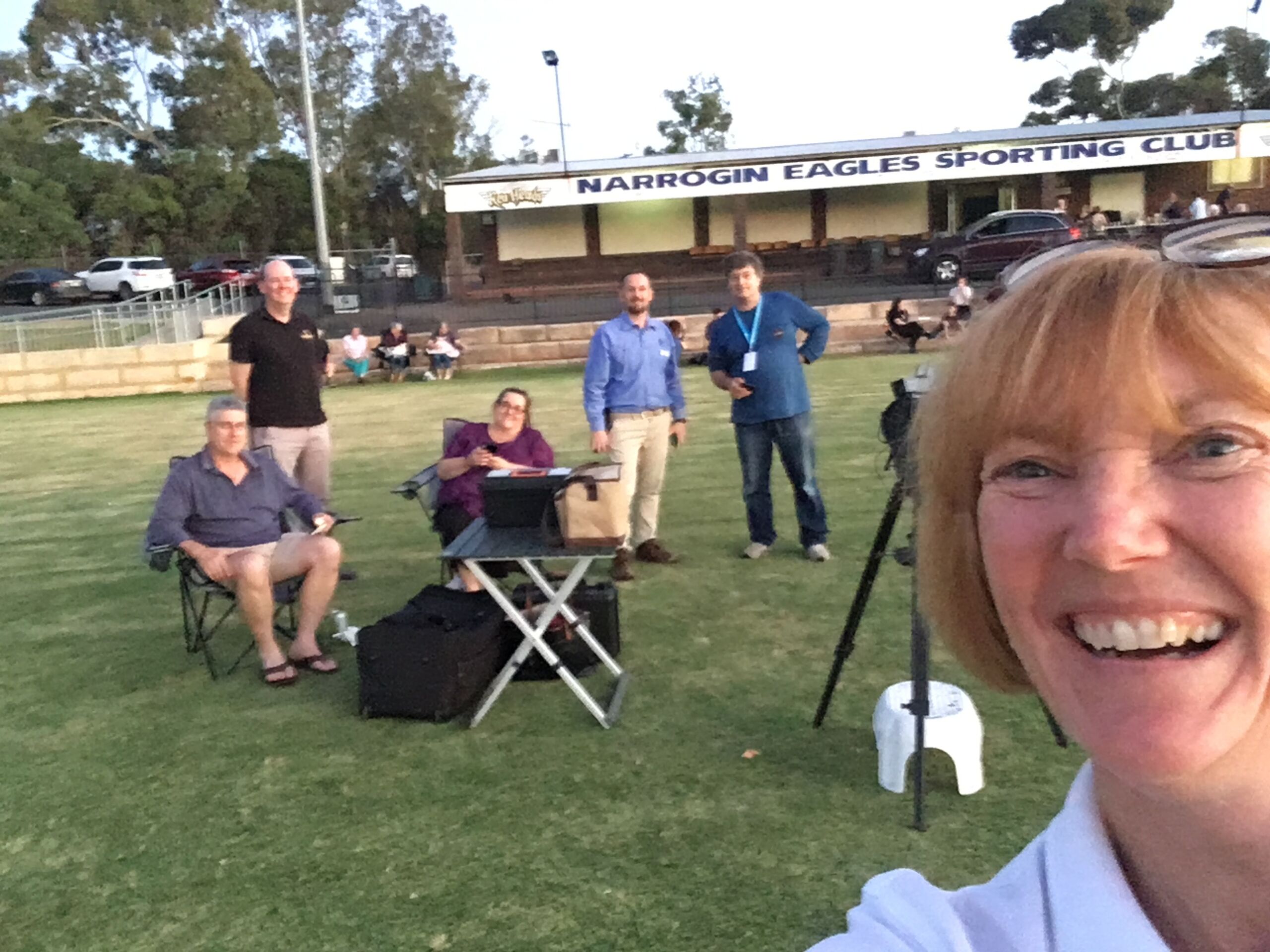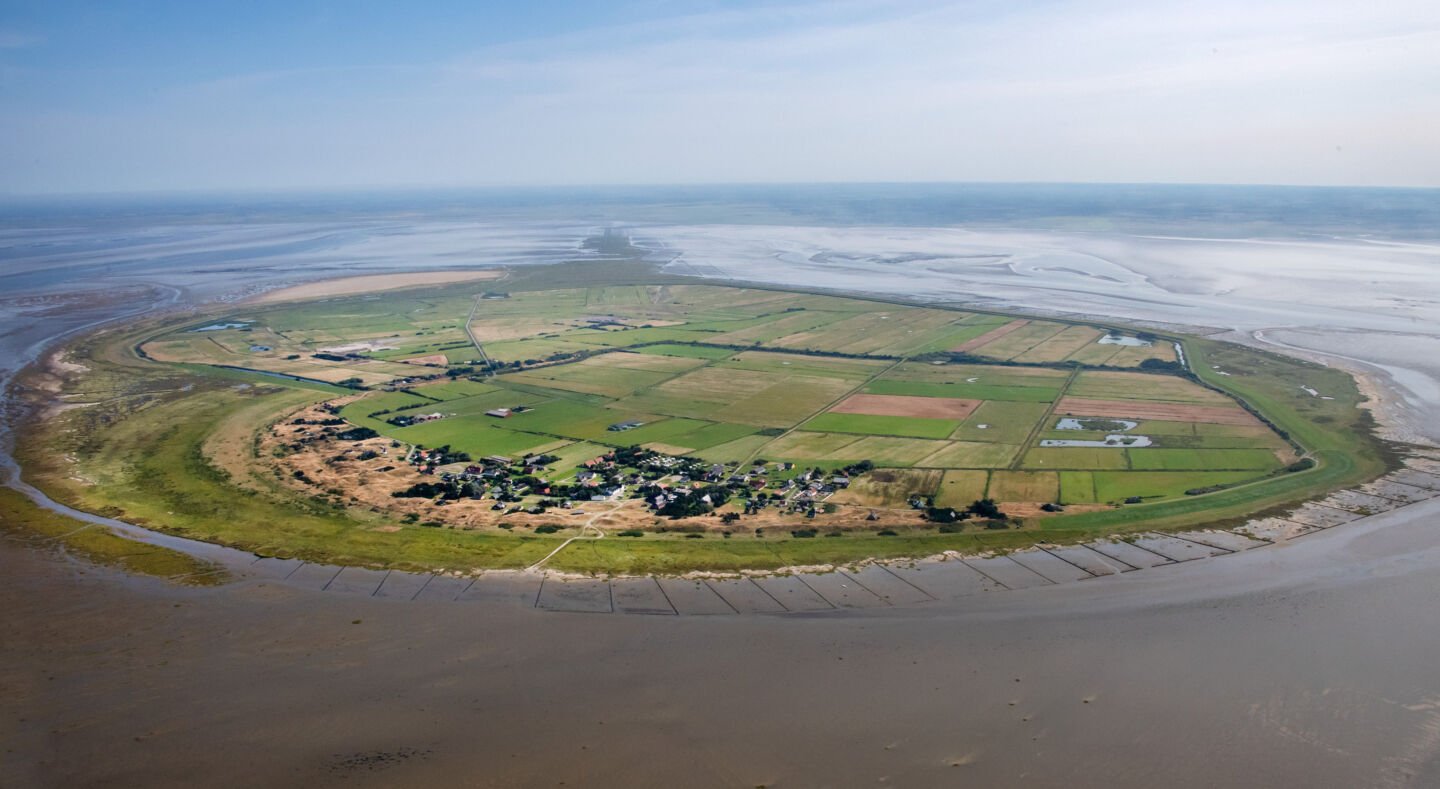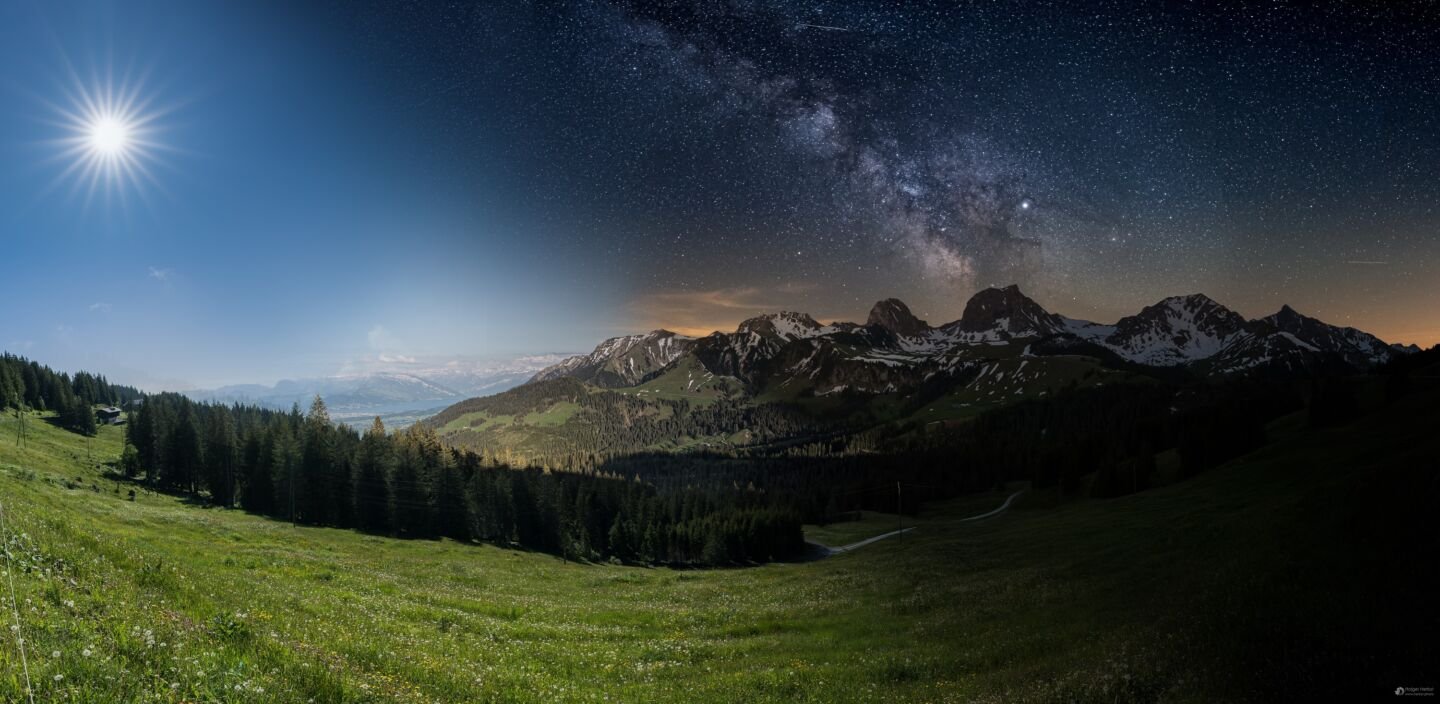
Q&A with DarkSky Delegate Carol Redford from Western Australia
DarkSky Delegate Carol Redford discusses her journey in the dark sky movement, the Astrotourism Towns project, Aboriginal astrotourism, and the importance of dark skies in Australian culture.

Each month DarkSky International features a DarkSky Advocate from the worldwide network of volunteers who are working to protect the night. This month we’re highlighting the work of Carol Redford from Western Australia.
We recently sat down with DarkSky Delegate Carol Redford to chat with her about the work she’s doing as an Advocate in Western Australia. We spoke about how she got started in the dark sky movement, how she has found success working with her local government, all about her “Astrotourism Towns” project, and why dark skies are important to the local culture where she lives. Meet Carol below!
Q: What got you interested in protecting dark skies? Why is this work important to you?
A: My stargazing life launched when I co-owned and operated the public observatory near Gingin in Western Australia from 2007 to 2012. It was an unexpected journey and I’m quite the accidental stargazer! After standing under countless dark night skies, listening to the science and culture, a vision for WA began to emerge. During this time, I could see the impact that the city of Perth, an hour south of the observatory, was having on the darkness of the night sky. I began to understand more about light pollution and just how good WA’s night sky is compared to other countries on Earth.
Perth is the most isolated city on a continent and is home to 80% of WA’s 2.7 million people. The metropolitan area is only 0.25% of our State which means country and outback WA have 2.6 million square kilometres of really low levels of light pollution! In a world where light pollution is increasing, WA has a unique global advantage when it comes to the dark night sky. If we protect it now, we’ll have an asset for decades and maybe even centuries to come.
Q: Can you tell us what “Astrotourism Towns” are and how they promote the protection of dark skies?
A: I’ve been working on my “Astrotourism Towns” project since 2018. The project is all about sharing and protecting WA’s dark night sky. “Astrotourism Towns” are communities that are willing to discover a bit about astronomy, find out what’s up in the night sky, and learn how to protect the sky from light pollution. I work with 15 Local Government Authorities on this project. Together, we selected some wonderful dark sky locations to welcome visitors to bring telescopes, cameras, binoculars, or simply a picnic rug to marvel at the Southern Hemisphere Milky Way. Every year we try to hold a public stargazing event to further educate the community and to invite visitors from Perth to enjoy a dark sky night. We also work on ways to enable policy and infrastructure to reduce light pollution. In the future, we will work towards International Dark Sky Place accreditation.
Q: Can you tell us about your Aboriginal Astrotourism Project?
A: Aboriginal people are the first astronomers on Earth and have been studying the night sky for tens of thousands of years. This scientific knowledge is intrinsically connected to cultural values and environmental practices.
I wanted to bring the importance of this knowledge forward in Western Australia and include it with the “Astrotourism Towns” project. This was achieved through the Yued Aboriginal Astrotourism pilot project with the support of Regional Development Australia Wheatbelt. The project was delivered through a program called the Nyungar Enterprise Development Support which was funded by the Australian Government Department of Social Services.
The project included a lot of different activities — STEM (science, technology, engineering, and mathematics) engagement at local schools, campfire stargazing nights with Aboriginal Elders and families, art workshops with students a local Aboriginal Artist, and storytelling/tour guide training. Through the art component, we developed Yued Aboriginal astronomy planispheres that feature different Yued constellation stories of the night sky and how they related to culture and the environment. They are so beautiful and have become a souvenir that can be sold at Aboriginal astrotourism experiences. To finish the project, we held a collaborative demonstration event that saw different parts of the communities deliver a campfire stargazing event featuring an Aboriginal astrotourism experience.
We plan to replicate this project across different Aboriginal Boodja. Boodja means “country” in Noongar language. Eventually, there will be a series of planispheres depicting Aboriginal constellations, their stories, and what it means culturally and environmentally.

Q: Can you tell us about the Western Australian Government’s Dark Sky and Astrotourism Position Statement, and how you helped with it?
A: In 2021 the Western Australian Government released a draft Dark Sky and Astrotourism Position Statement. It sets out principles and flexible cost-neutral land use planning measures to reduce light pollution in WA. In the initial stages, I helped facilitate a State-wide summit with the Forum Advocating Cultural & Eco Tourism. This summit brought together planning and tourism representatives from the Western Australian Government, our space science sector, space science communicators, Local Government, tourism organizations, and power companies.
After the draft was released for public comment, I actively promoted and encouraged submissions from the many stakeholders I work with. The Department for Planning was very pleased with the number of submissions they received and the overall positive feedback. We’re expecting the Position Statement to be adopted in early 2022.
Q: You also drafted a Local Government Lighting Management Policy, how did you do it and what are the next steps?
A: As I began the “Astrotourism Towns” project, I wrote a Lighting Management Policy to assist the Local Governments that I work with help their Councils and communities to understand and reduce light pollution. Invaluable assistance to came from the Australasian Dark Sky Alliance to help me develop the Policy. The lighting management principles and images included in the Policy were reproduced from The Dark Sky Planning Guideline June 2016 with the permission of the NSW Department of Planning and Environment. It was a real team effort and about three of the Local Governments I work with adopted the Policy.
What I’ve since realized is that the Policy I developed is not quite suited to Local Government models. When the WA Government’s Dark Sky and Astrotourism Position Statement is adopted, I intend to redraft the Policy and create a separate procedure subsidiary document that will contain technical information to assist Local Government staff with implementation. I aim to have all 15 Local Governments I work with adopt the new Policy. This will add another reason for the WA Government’s Western Power company to supply dark sky approved street light infrastructure choices to Local Government.

Q: What has been the most effective in your dark sky outreach work? What resources have been the most useful in your dark sky work?
A: The most effective thing I’ve done in my dark sky outreach has been to team up with regional Local Governments. When I began, I approached two groups of Local Governments who were already working together on tourism initiatives. I presented them with an opportunity to diversify existing offerings and increase overnight visitation numbers using Dark Sky Tourism. Framing the opportunity with economic development strengthened the case for the Councils I approached.
Presentations to Councils and public stargazing events have been a terrific way to educate communities about dark skies and light pollution. By far, the most valuable resources have been the networks I’ve developed since 2007. I’ve been able to employ professional Astronomy Guides and engage many volunteers and astronomy club members with telescopes to manage and deliver events. I’ve had so many amazing people help build the momentum to protect WA’s dark night sky.
Q: What has been the most difficult in your dark sky outreach work?
A: In regional WA, our main sources of light pollution come from street lights and mining operations. The most challenging part of my work is trying to secure a dark sky approved LED street light product option for Local Governments to purchase for their communities. WA is in the early stages of transitioning from the old street light technology to new LED technology. It’s a golden opportunity to spend the money on the right infrastructure now and secure a Dark Sky sector for the Tourism Industry.
Currently, WA’s power companies only have two choices of LED street light products for Local Governments — a 4000K and a 3000K LED fixture — neither are DarkSky Approved. I have many conversations with WA’s two power companies, the WA Local Government Association (that formed a Transition to LED Street Lighting Working Group) and, more recently I have corresponded with our State Government Ministers for Tourism and Energy. I even tried to see if the manufacturer of the 3000K LED fixture would put the product through the Australasian Dark Sky Alliance’s Dark Sky Lighting Approved Program to check the quality of the infrastructure.
The challenge continues and that’s okay with me. With the new Astrotourism and Dark Sky Position Statement, more Local Governments adopting Lighting Management Policies, support from our Government’s Tourism WA organization, and growing community awareness, more weight will be added to the case for dark sky approved street lights. We’ll get there!
I’m already looking forward to my next challenge which will be to create the world’s first dark sky friendly mining site!

Q: What is your greatest success in dark sky conservation?
A: My greatest success in dark sky conservation so far is to take Tourism WA over to the dark side! Tourism WA is our State Government’s statutory authority that promotes Western Australia as a tourist destination and they’ve always viewed Dark Sky Tourism as a niche and a very small part of the industry. However, when 15 Local Governments demonstrated their interest to develop Dark Sky Tourism, Tourism WA recognized that there was more to it than met the eye.
From here, Tourism WA commissioned an Australia-wide market research study to inform the strategic development and marketing of Western Australia as a Dark Sky Tourism destination. The Dark Sky Tourism Market Research Report indicates there is a large market interested in a variety of dark sky experiences.
Tourism WA now recognizes WA’s dark sky as a valuable asset in the Tourism Industry. Product and destination development are now at the top of the agenda.
Q: Do you have a funny story to share about dark skies?
A: I’m always on the lookout for meteors when I’m out stargazing. I’m a citizen scientist with WA’s Fireballs in the Sky team and always report sightings using their app. They have a series of cameras set up across WA that take hundreds of night sky images every night, hoping to capture a meteor. The idea is to secure three images of the same meteor and then triangulate the data to find the meteorite.
On Halloween night in 2016, I saw a brilliant fireball from my farm north of Perth. It was long and spectacular, breaking apart into several pieces on its way to earth. A couple of weeks after reporting my Halloween meteor, the Fireballs team called me up to tell me that their camera network and my report had helped them locate and recover the meteorite! I was part of the action when the find was announced to the media. Strangely, I feel quite connected to that rock! It’s called Dingle Dell and it’s now in the WA Museum in Perth. I still can’t quite believe that I’ve held a meteorite that I saw as a meteor!
Q: Why are dark skies important to the culture in Australia? What does your culture value about dark skies?
A: I met an Aboriginal Elder in northern WA once, and we were talking about the light pollution that comes from mining sites. I was explaining how light pollution blocks the views of the stars and it makes it harder for us to see them.
He said to me, for him the stars are like the GPS on a smartphone. He said if we lose the GPS, we’d lose our way. If Aboriginal people lose the stars, we’ll lose our way.
Ancient Aboriginal culture uses the stars to find the way, to know what season it is, what food is available, and when cultural and social customs are carried out. The dark night sky reflects the land, sea, and people.
In a changing climate, we need these cultural values more than ever before.
Learn more
Visit astrotourismwa.com.au for info about astrotourism in Western Australia.
Learn more about the DarkSky Advocates Network.



















